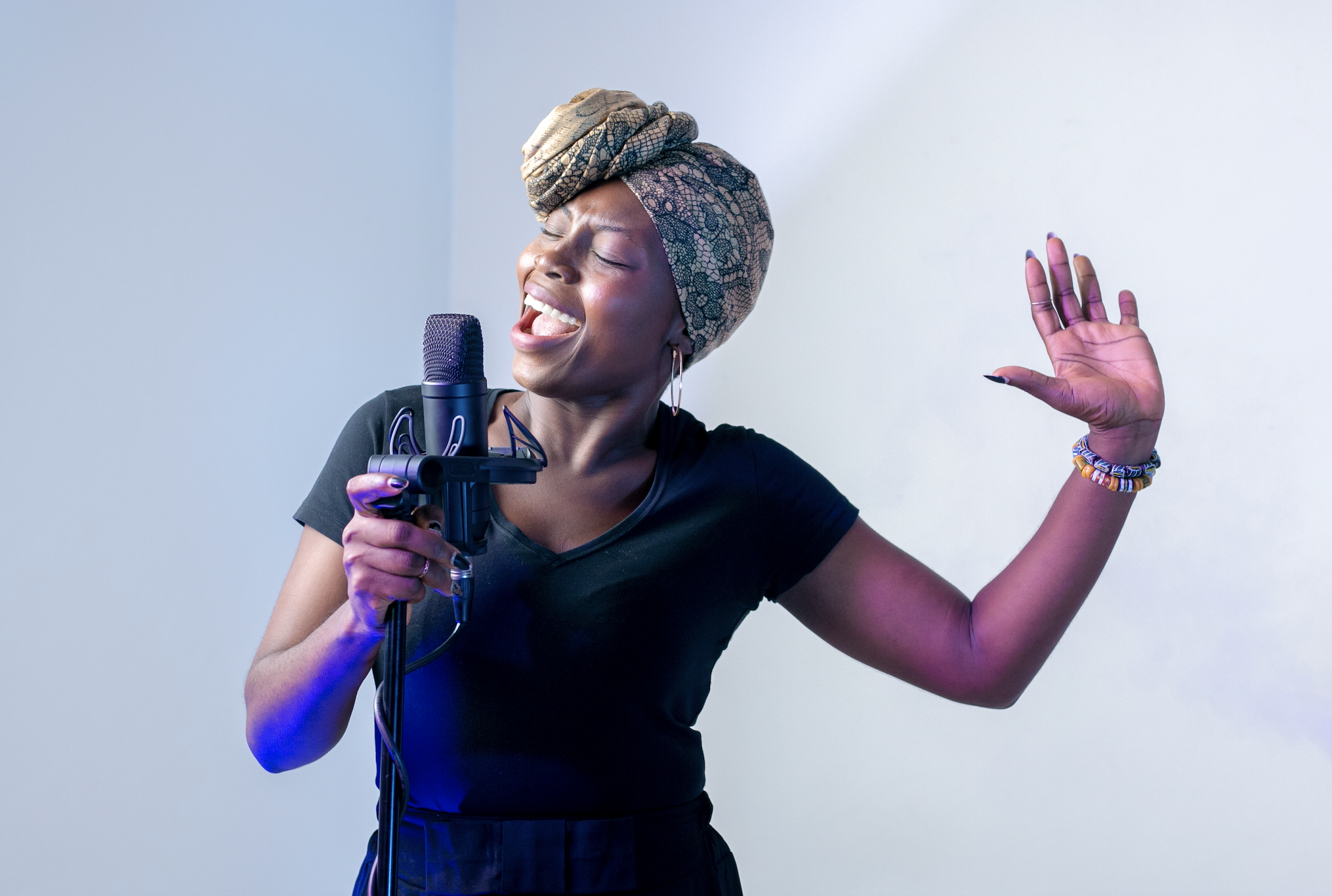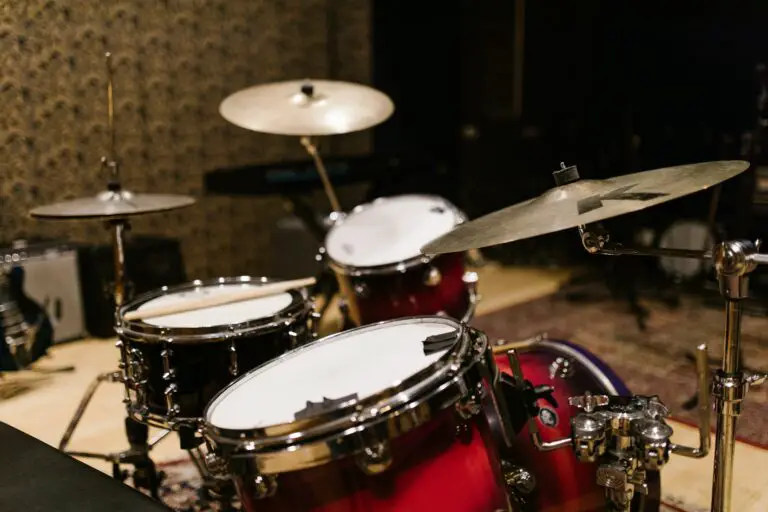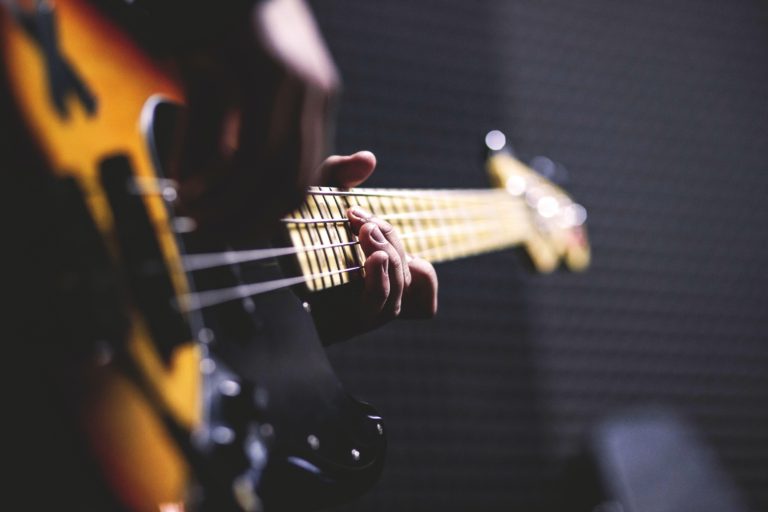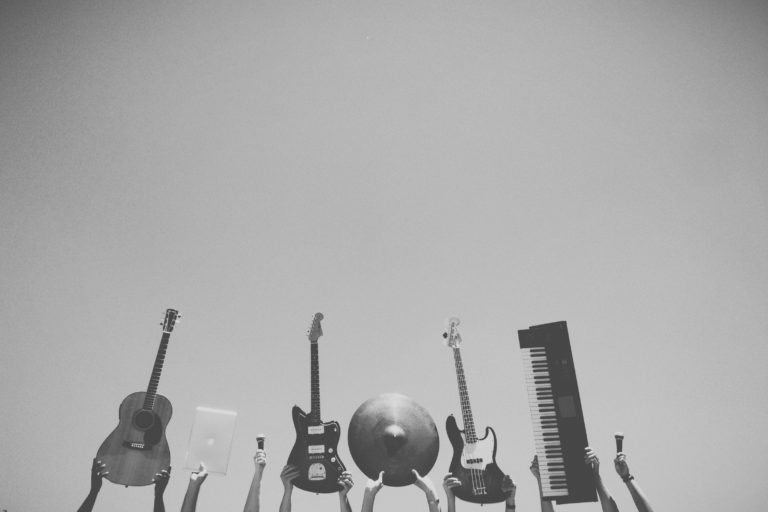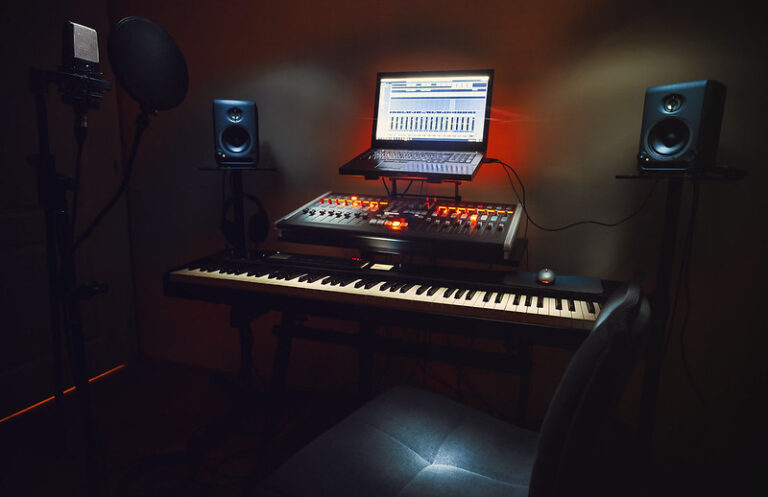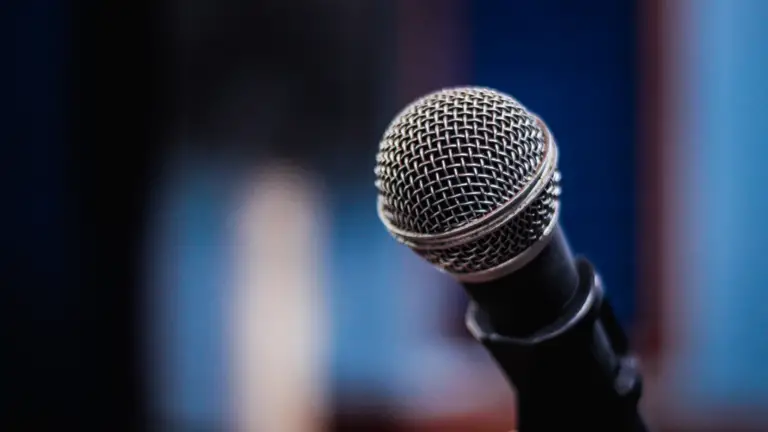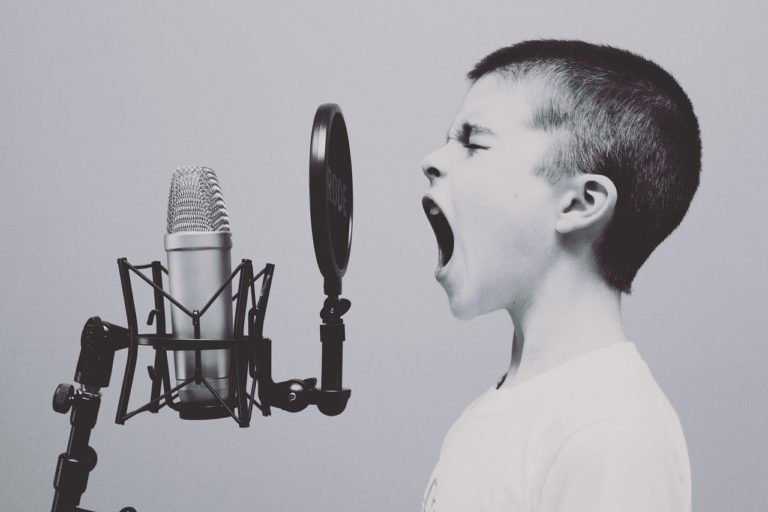What Is The Highest Note In Singing?
So, you’ve found yourself sitting there, wondering, “What is the highest note in singing?” Is it something only an opera singer could screech out? Or maybe something so high-pitched it could break glass, right? Just the thought of how high a note can be sung is enough to make you feel like you’re scaling the musical Mt. Everest.
On record, highest note that can be sung is G10. Brazilian singer Georgia Brown holds the record for singing this note. Because of its extremely high pitch, G10 is also considered a frequency, leading to various debates about whether or not G10 can actually be “sung” compared to other more attainable notes.
Many of us may not have heard of G10, and that’s fine. In this article, we will explore in-depth what a G10 is and its associated artists that have reached this note. We will also discuss briefly some debates about having G10 as the “highest” note sung.
What is a G10 Musical Note?
A G10 is equivalent to a frequency of 25087.708 hertz (Hz).
G10 is part of the G chord group. The “10” in G10 indicates the octave level, making it labeled as a seven-lined octave. It means that when looking at a piano, for example, a G10 doesn’t exist as it extends well beyond the piano’s 88 keys on the treble side.
Adding to this, G10 is an abnormally high note, uncommon for instrument playing and singing. Only some people play music at this pitch level.
It isn’t a popular note to play, mainly because it’s difficult to reach with your voice and not available on all instruments. Though possible to reach this high note on some instruments, singing is a different story.
When it comes to singing, many see it as an impossible task. This wasn’t the case with one singer named Georgia Brown.
Georgia Brown’s Record
Georgia Brown is the stage name for the singer Rossana Monti, and she is known for having one of the best ranges of octaves for singing.
She has been part of many bands as a vocalist or backup vocalist. On August 18th, 2004, Brazillian dancer and singer Georgia Brown was recorded to have the highest note sung at G10.
The Guinness Book of World Records verified it and made it part of the 2004 edition as the highest note sung by a female. This is also interesting to note that despite being sung by a female, no other artists, male or female, have been capable of singing G10 to date.
When news of this record hit the public, it was both praised and criticized greatly.
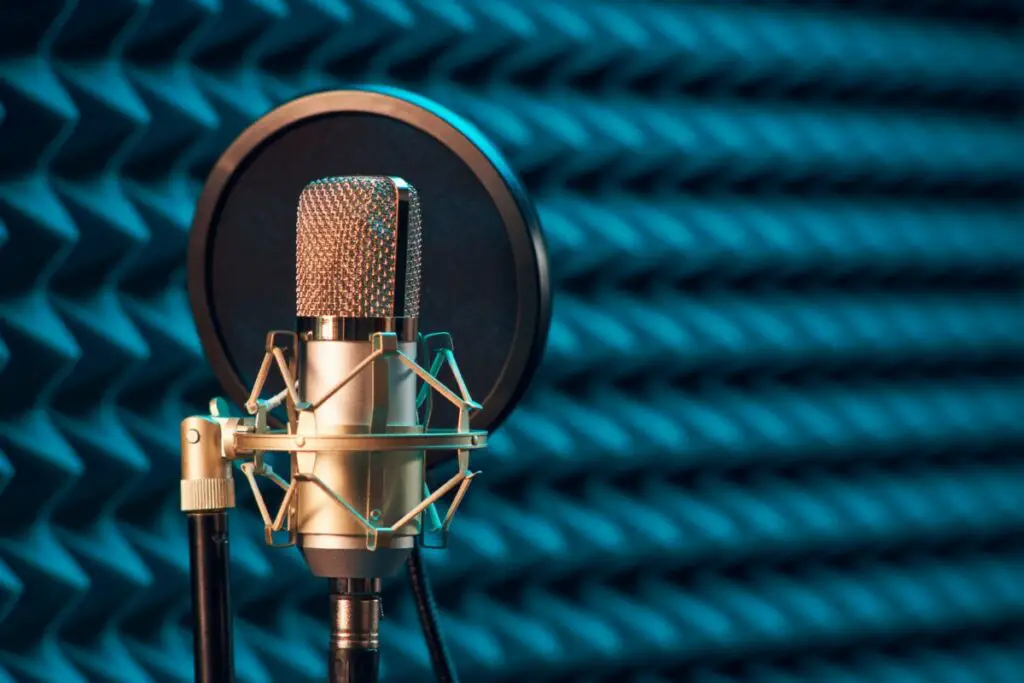
Why Is Hitting The G10 Note Such A Huge Debate?
Debates immediately sparked when Guinness verified Georgia Brown at Aqui Jazz Atelier Music School in Sal Paulo, Brazil.
Many say the G10 is not a “note” but a frequency. While this is technically true, a G10 can be both a note and frequency. In addition to this, some noted that it’s impossible to hear G10.
The human ear can only hear between frequencies of 20 to 20,000 Hz. G10 is about 5,087 Hz above what a human ear can listen to, which could be why a G10 cannot be heard.
The only reason this is the world record is that it was recorded by devices used to understand what dogs can hear.
Another debate is due to the verification being recorded. Many have also listened to the recording and judged her note to be a Bb7 rather than a G10, automatically questioning the validity of Georgia Brown’s world record.
Judging by these comments, many also state that a G10 is never heard at any point in the live recording.
Lastly, with support from these two and many other criticisms of Georgia Brown’s world record, many believe that Guinness World Records have questionable standards regarding judging performances and how they are recorded.
In other words, Guinness World Records may need more quality in judging world records.
Despite these debates against Georgia Brown’s world record, she retained the world record for the highest note sung by an artist in 2004.
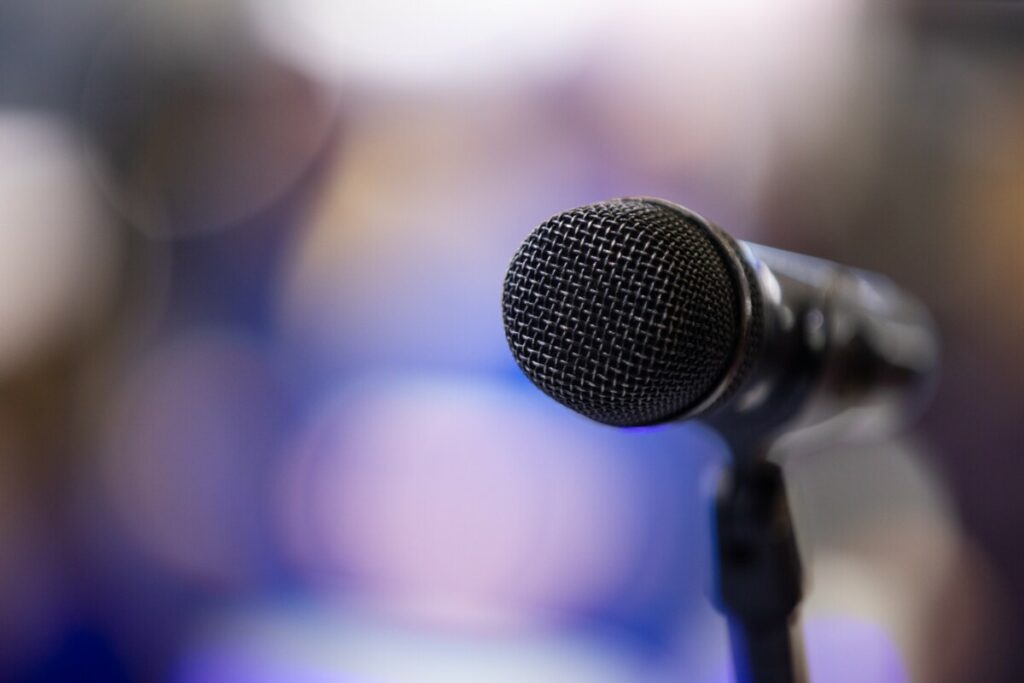
How Can I Safely Sing High Notes Without Damaging My Voice?
So you want to hit those high notes, but you’re worried about damaging your voice? No worries, I’ve got your back. Here’s a friendly guide to help you out:
1. Get warmed up:
You know how you stretch before a workout to avoid pulling a muscle? Same deal with your voice. You need to warm it up before you start belting out those high notes. Just start with some easy, low-effort humming or lip trills.
2. Breathe it in:
Remember, your voice is like a wind instrument. You wouldn’t expect a trumpet to sound good without air, right? So, pay attention to your breath. There are a bunch of exercises out there that can help you breathe from your diaphragm, not just from your throat. Less strain, more gain.
3. No forcing allowed:
If you feel like you’re straining to reach a note, your voice is probably telling you it’s not ready for that yet. Trust me, screaming out a note is not the same as singing it. Pushing it can only lead to vocal damage, and we don’t want that, do we?
4. Find your sweet spot:
Did you know you can “place” your voice? It’s like aiming an arrow. Instead of pushing the sound from your throat, try imagining it coming from the front of your face. It might feel a bit odd at first, but it really helps with those high notes.
5. Focus on singing technique
Good singing techniques can be your best friend. Things like maintaining a good posture, opening your jaw more than you’re used to, and keeping your tongue forward – they can make a world of difference!
6. Stay hydrated:
This one’s simple. Drink water. Lots of it. And try to cut down on caffeine and alcohol when you’re singing. They’re like villains in the story of a healthy voice because they can dry you out.
What Techniques Can Help Me Sing Higher Notes?
As I mentioned above, technique is a huge part of being able to sing high notes. Here are some of the most vital techniques to mastering this singing style:
1. Master Your Breathing:
Your breath is your power. Ever tried to blow up a balloon that just wouldn’t inflate? Singing without proper breath control feels kinda the same. So, learn some breathing exercises and remember, breathe from your belly, not your chest.
2. Warm-Up, Warm-Up, Warm-Up:
This can’t be stressed enough. Warming up your voice is like doing stretches before a marathon. It prepares your vocal cords for the upcoming workout. Start with some gentle humming and scale exercises.
3. Open Wide:
To reach those high notes, you’re going to need to open your mouth a bit wider. It’s like trying to throw a big beach ball through a small hoop. So, drop that jaw and let the sound out!
4. Posture Check:
Stand straight, relax your shoulders, and keep your chest high. Good posture isn’t just for ballet dancers. It gives your lungs more room to expand and that means more power for your voice.
5. Use Your “Head Voice”:
Ever notice how different you sound when you’re whispering compared to when you’re shouting? That’s because of the different parts of your voice – the chest voice, the head voice, and the mixed voice. For high notes, you’ll want to use your “head voice”. It’s lighter and more flexible for those high pitches.
6. Get a Vocal Coach:
I mean, you could learn to play football by yourself, but wouldn’t having a coach be easier? Same goes for singing. A vocal coach can provide personalized tips and exercises, and they’ll be able to spot and correct any mistakes you might be making.
Remember, singing should never hurt. If you’re feeling any discomfort or strain, take a break. Hydrate, rest, and try again another time. You’re not in a race, so take your time to learn and improve at your own pace. Keep practicing, stay patient, and you’ll get there!
What is the Difference Between Falsetto and Whistle Register?
One thing unique about the highest note is the type of register its classified in. While most people consider high notes to be ‘falsetto’, the G10 and some preceding notes technically qualify as whistle register notes, because of the whistling sound they make when sung. Here’s a quick breakdown:
Falsetto
This is a singing technique that allows singers to reach notes higher than their normal range. You know how some guys can mimic a woman’s voice for a joke? That’s basically falsetto. It’s when a singer uses only the edges of their vocal cords, which lets them hit higher notes. The sound is often described as ‘airy’ or ‘breathy’. Lots of famous singers use falsetto – think Justin Timberlake or The Weeknd.
Whistle Register
Now, this is the highest register of the human voice, lying above the modal voice and falsetto. The term ‘whistle’ comes from the fact that the notes sung in this register sound almost like a whistle or the squeaking of a door hinge. Not many singers can do this, but those who can (like Mariah Carey or Ariana Grande) often wow their audiences with those super-high notes.
The key difference is, falsetto is something most singers can achieve with practice, while whistle register is a rare skill, kind of like being able to do a backflip. Falsetto has a breathy quality, and it doesn’t require as much breath control as the whistle register. Whistle register, on the other hand, produces extremely high notes and has a clear, less airy sound compared to falsetto.
Other Singers That Can Hit High Notes
To conclude this article, we will briefly share other examples of artists singing high notes.
When we think about singers famous for their high notes, a few names immediately pop into the spotlight. They’ve wowed us with their incredible ranges and their ability to hit those stratospheric pitches. These include:
Mariah Carey: Mariah is the queen of high notes! She’s known for her five-octave vocal range and her masterful use of the whistle register. Remember that glass-shattering note in “Emotions”? Yeah, that was all Mariah.
Ariana Grande: Ariana has made a name for herself with a powerful voice and a vastly impressive range. She’s one of the few contemporary pop singers who can nail the whistle register. Just listen to “Imagine” or “No Tears Left to Cry”!
Freddie Mercury: The legendary lead vocalist of Queen, Freddie had a phenomenal vocal range and could hit those high notes with ease. Just take for example Queen songs like “Bohemian Rhapsody” and “Somebody to Love”, these are exceptional showcases of high note mastery.
Whitney Houston: Who can forget Whitney belting out those high notes in “I Will Always Love You”? Even to this day, it stands on its own as an epic song in a higher registry.
Adam Lambert: Known for his stint with Queen and his solo work, Adam Lambert has proven time and again that he can hit those high notes flawlessly. Adam’s version of “Who Wants to Live Forever” is just spine-tingling every time I return to it.
Christina Aguilera: Christina is another contemporary artist known for her wide range and the power she brings to her high notes. Check out “Fighter” or “Ain’t No Other Man” for a taste of her high-note prowess.
Minnie Riperton: We can’t talk about high notes without mentioning Minnie Riperton. Known for her five-octave vocal range, she showcased her whistle register skills in her hit song “Lovin’ You”.
These artists have all left their mark with their incredible high notes. But remember, everyone’s voice is unique, and these singers have had years of training and practice.
Final Thoughts
Now we know what a G10 is and who is capable of singing this high note.
Again, only Georgia Brown was capable of reaching this high note. However, many others may just as well produce such as sound. Hers is the only recorded instance of a G10 being used in any live performance.

